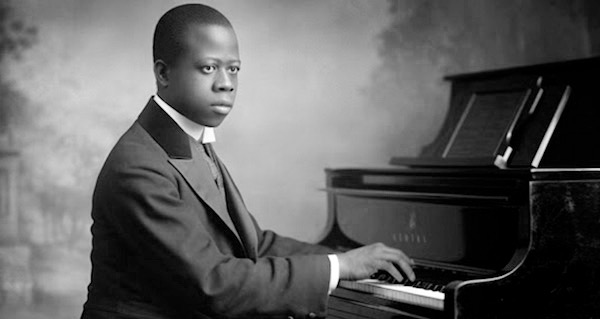03/10/24
Coach Jarrod shares the first installment in a series of articles on the music of the 20th century.
Click HERE to download the Weekly English Practice as a PDF.
USEFUL VOCABULARY
- Syncopated: having a rhythm where strong beats are unexpected.
- Phonograph: an early device used to play recorded music.
- Harmonic: related to harmony, or the combination of different notes played together.
- Impressionism: a style in music (and art) focused on atmosphere and mood rather than clear details.
- Classical: a traditional style of music, often with complex compositions.
- Ragtime: a type of American music with syncopated rhythm, popular in the early 1900s.
- Folk: traditional music passed down orally, often tied to a specific culture or region.
- Boundaries: limits or borders, such as in a particular style or form of music.
1900s: Early Music Evolution
In the 1900s, music was greatly influenced by classical traditions, but it also saw the emergence of new styles.
One of the most important developments of the decade was ragtime, which became popular in the United States, particularly among African-American communities. Ragtime, pioneered by musicians like Scott Joplin, combined classical forms with African rhythms, creating a syncopated, lively sound that appealed to a wide audience. Songs like Joplin’s “Maple Leaf Rag” became massive hits, marking the start of a musical revolution in America.
At the same time, classical music continued to evolve, especially in Europe. Composers like Gustav Mahler and Claude Debussy pushed the boundaries of traditional classical music. Debussy, in particular, was known for his use of new harmonic structures and sounds that created atmospheric and emotional pieces. His work, such as “Clair de Lune,” departed from strict rules and explored impressionism in music, a reflection of contemporary art movements.
Another significant change in the 1900s was the rise of the phonograph. This technology allowed people to listen to recorded music at home, which was a major shift from earlier centuries when people had to attend live performances. Recordings helped musicians reach a wider audience and helped spread music to different parts of the world. This period also saw the early development of radio, which would later become crucial in the global dissemination of music.
Folk traditions also remained strong, with various regions preserving their local musical heritage. In rural parts of Europe and America, folk music continued to reflect the daily lives of ordinary people, with songs passed down through generations. In many ways, this folk tradition influenced later genres, like country music in the United States.
By the end of the decade, the world was on the verge of more rapid changes in music. With technology improving and societies becoming more interconnected, the seeds for modern popular music were planted during this period.
Let’s Chat About That
- How did new technology, like the phonograph, change the way people experienced music?
- What makes ragtime different from classical music?
- How did composers like Debussy influence the future of classical music?
- What role did folk music play in society during the 1900s?
- How did music reflect the cultural differences between Europe and America?

